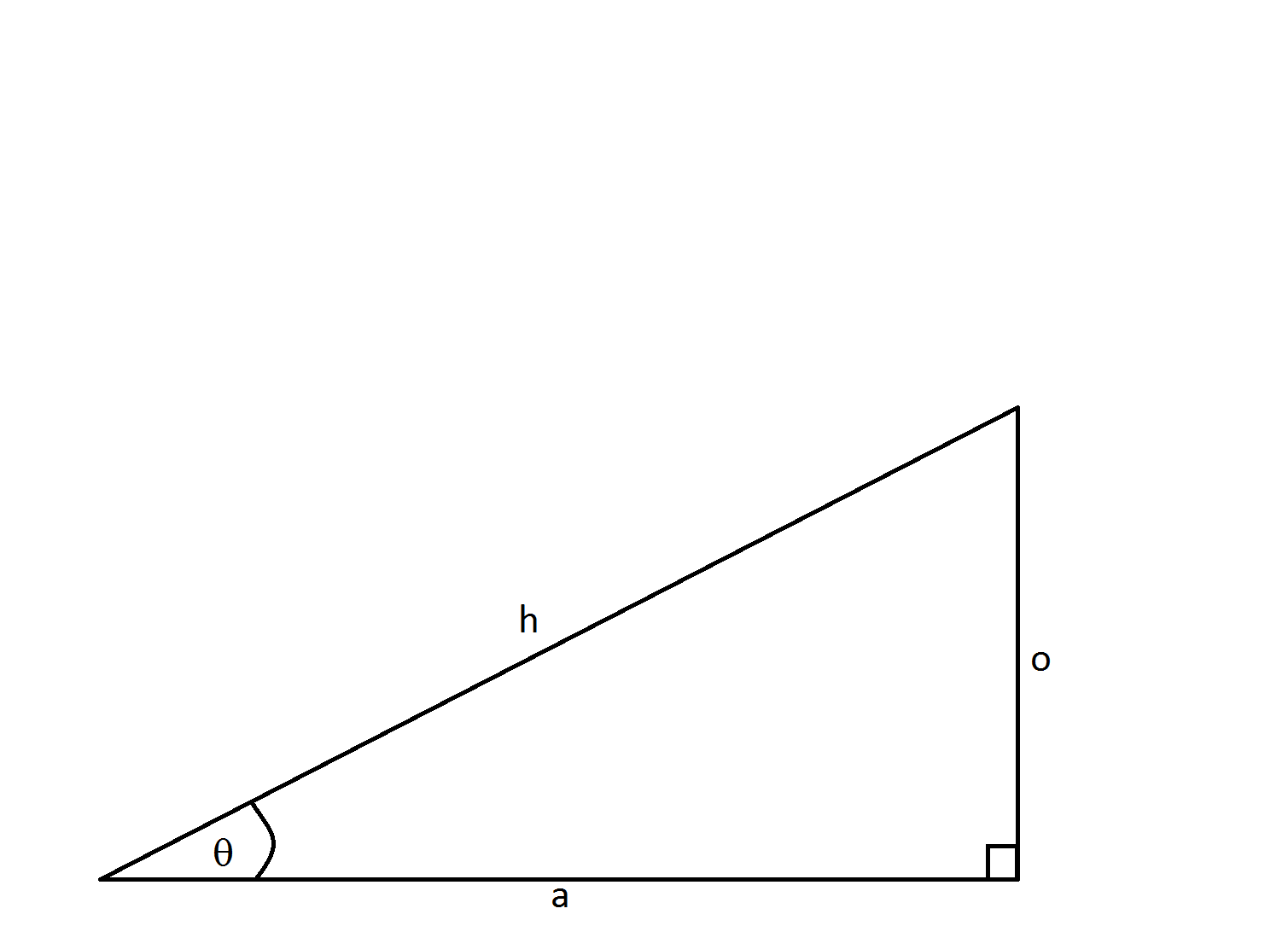All High School Math Resources
Example Questions
Example Question #1 : Trigonometry
If the polar coordinates of a point are 
The polar coordinates of a point are given as 

The following formulas are used for conversion from polar coordinates to rectangular (x, y) coordinates.
In this problem, the polar coordinates of the point are 


The rectangular coordinates are 
The answer is 
Example Question #1731 : High School Math

What is the 
Example Question #1732 : High School Math

In the right triangle above, which of the following expressions gives the length of y?


Example Question #1 : Trigonometry
What is the cosine of 
The pattern for the side of a 

Since 
Notice that the 
Example Question #1 : Trigonometry
If 




Recall that 
Therefore, we are looking for 

Now, this has a reference angle of 



Example Question #1733 : High School Math
An angle has a cosine of 
The problem tells us that the cosine of the angle will be 
Now we know our opposite, adjacent, and hypotenuse.
The cosecant is 
From here we can plug in our given values.
Example Question #2 : Trigonometry
Which of these is equal to 



Example Question #1734 : High School Math

What is 


In order to find 



Now to find the measure of the angle using the 
If you calculated the angle's measure to be 
Example Question #1 : Trigonometry
What is 
To get rid of 


Example Question #1735 : High School Math

In order to find 



Now to find the measure of the angle using the 
If you calculated the angle's measure to be 
All High School Math Resources






















































































